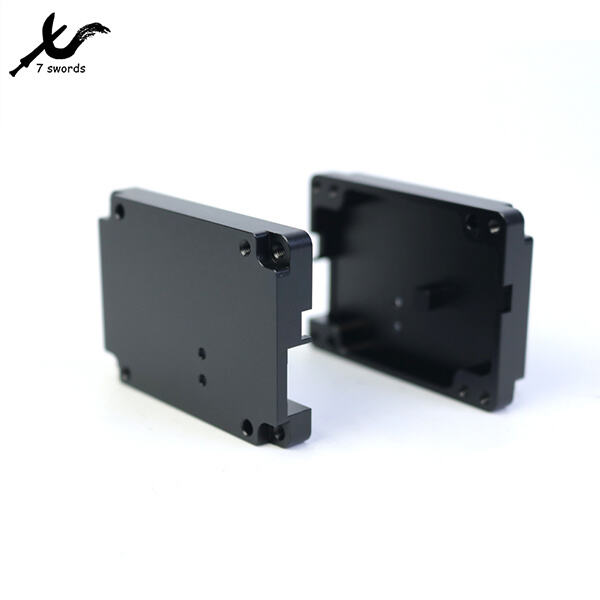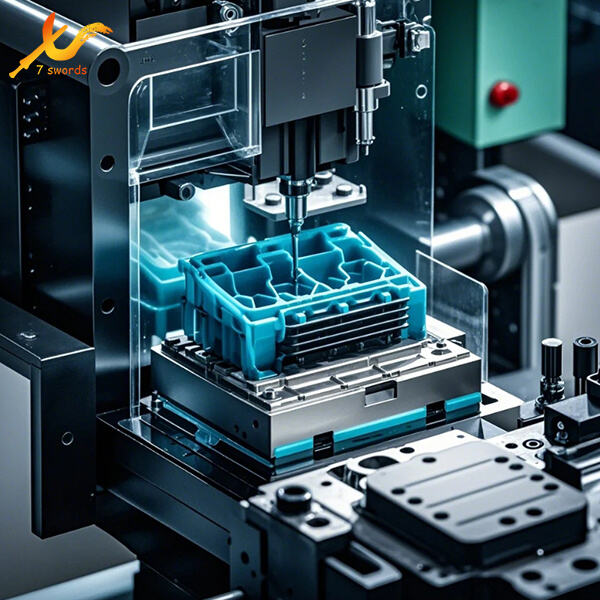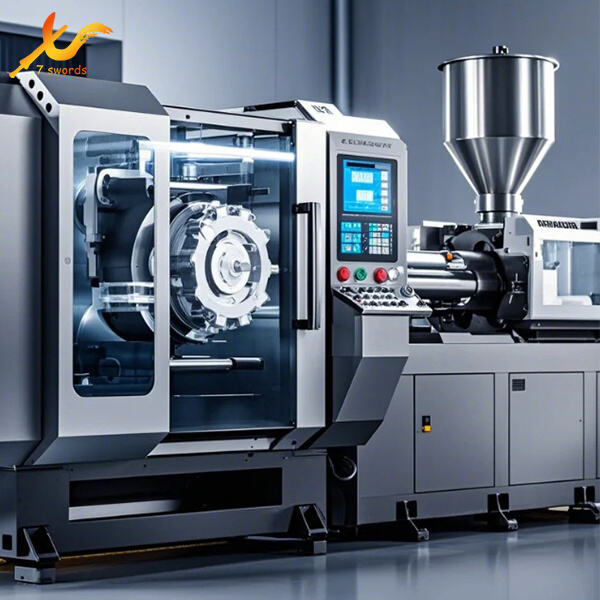Building 49, Fumin Industrial Park, Pinghu Village, Longgang District
Domingo cerrado
La inyección de plástico es un método que se utiliza para fabricar diferentes productos de plástico. Utiliza plástico derretido, el cual se vierte en un molde para dar diferentes formas. Para comenzar, las virutas de plástico se introducen en un barril que ha sido calentado. Usando el calor para fundir el plástico en un líquido espeso. Este plástico líquido se inyecta a muy alta presión en un molde. Un molde es una cavidad que define la forma final del plástico. El molde se abre y permite retirar el producto terminado una vez que el plástico se enfría y se solidifica. Este proceso es bastante eficaz ya que, con el uso del método de inyección, puede crear millones de piezas de plástico que son esencialmente idénticas o clones en un período de tiempo muy corto.
Existen muchas ventajas al fabricar tus productos en masa utilizando la inyección de plástico. Esto puede ser beneficioso de varias maneras, pero la mayor aplicación es la velocidad con la que puede crear cosas. Tiene una mayor eficiencia ya que este proceso de fabricación puede producir muchas piezas a la vez. Esta velocidad, a su vez, también reduce el tiempo y los costos para los fabricantes. La inyección de molde crea partes fuertes y duraderas. Además, se pueden producir en un amplio espectro de colores y acabados, ofreciendo a los diseñadores mucho con qué trabajar. Esta versatilidad permite a las empresas producir productos que atiendan diversas características y preferencias de los clientes, lo cual es la razón por la que muchas industrias diferentes prefieren la inyección de molde.

La moldura por inyección de plástico requiere un diseño que asegure que el proceso funcionará como se espera. Hay más aspectos a tener en cuenta al diseñar un producto de plástico, como las dimensiones del molde, el flujo del plástico y el tipo de contracción una vez que la cavidad esté fría. Y todos estos factores impactan la efectividad del proceso. Es igual de importante que los diseñadores consideren la apariencia de la marca del producto, su usabilidad y durabilidad. Una buena gestión del tiempo del producto puede llevar a mejoras en todo el proceso de fabricación. Esto no solo ayuda a los fabricantes, sino que también beneficia a los consumidores, ya que los tiempos de producción se acortan, los precios bajan y la calidad del producto mejora en general.

La selección correcta del tipo de plástico y todos los aditivos relevantes, como se les llama, que permite obtener productos moldeados de alta calidad sin problemas es muy importante. Existen miles de tipos de plásticos, y cada tipo tiene fortalezas y debilidades específicas. Por ejemplo, el policarbonato posee una muy alta resistencia al impacto, lo que significa que no se rompe fácilmente cuando se golpea con gran fuerza. Por otro lado, el polipropileno destaca por su resistencia química, razón por la cual tiene aplicaciones en muchos lugares. Por supuesto, elegir los aditivos correctos puede mejorar el plástico e incluso aumentar su resistencia o flexibilidad, además de ayudar a cambiar el color. Esta atención a los detalles permite a los fabricantes lograr las características finales que buscan en los productos terminados.

La inyección de plástico es un proceso altamente eficiente y preciso, pero aún pueden formarse defectos durante la producción. Problemas comunes incluyen el encogimiento — donde la pieza no mantiene sus dimensiones correctas, marcas de hundimiento en la superficie, plástico adicional conocido como flash y disparos cortos (donde no entra suficiente plástico para llenar el molde). Para evitar que estos problemas ocurran, los fabricantes deben ser cautelosos. Esto implica enfriar adecuadamente el molde para que el plástico se solidifique correctamente, controlar la presión de inyección para asegurarse de que fluya bien, y asegurarse de que el molde esté alineado correctamente antes de inyectar el plástico. Mantener revisiones regulares del equipo de fabricación llevará naturalmente a menos defectos, al igual que mantener los moldes limpios.
Copyright © Shenzhen Perfect Precision Products Co., Ltd. All Rights Reserved — Política de privacidad—Blog